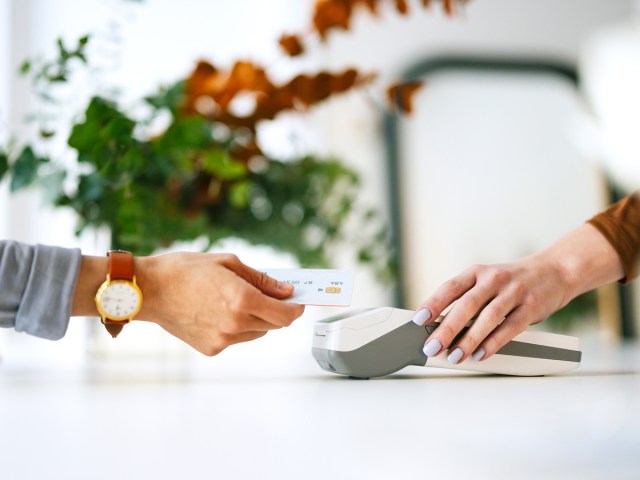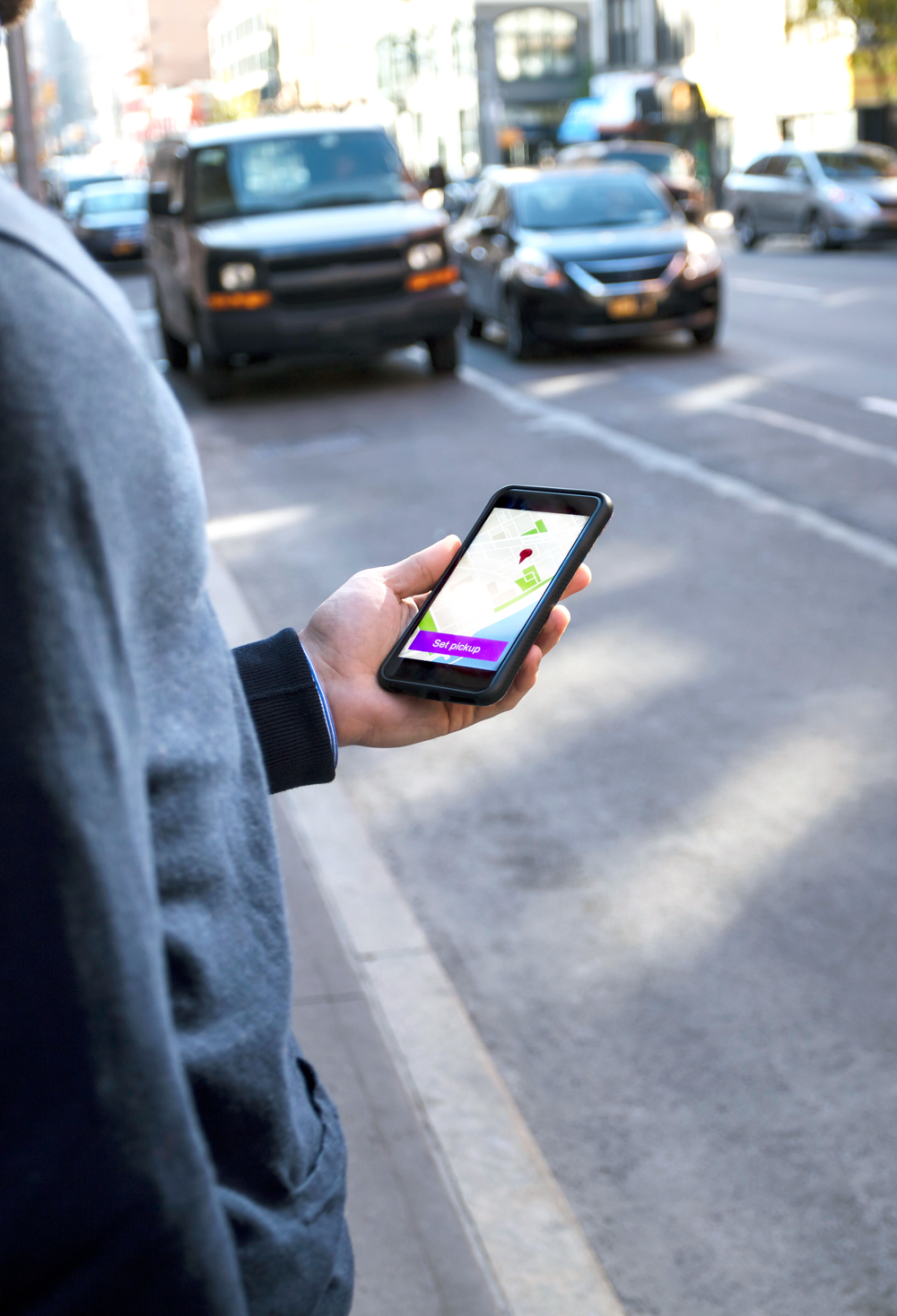Questions around currency exchange often vex travelers. Should you pay for a credit card purchase in your home currency or the local currency? Will you be charged an exorbitant foreign exchange fee at the ATM? Well, there’s now another wrinkle in the currency exchange equation travelers should be aware of. If you plan to use the popular rideshare service Uber when traveling abroad, here’s what to know about Uber’s new Preferred Currency Pricing — and why you should probably skip it on your next trip.
The Basics of Uber’s Preferred Currency Pricing

Hailing a cab in a foreign city can turn into quite the headache if you’re unfamiliar with the language or local customs. That’s why Uber has become a popular option for many travelers. The service — now available in over 10,000 cities in around 70 countries — allows you to plug in your destination in your preferred language and automatically be charged for the ride with your linked credit card. You can also monitor the progress of your trip and the route in the app and contact Uber’s support team if anything goes wrong.
In February 2025, Uber introduced a new feature called Preferred Currency Pricing, currently available in select markets. When requesting a ride in a country away from home, users will be able to see pricing and pay for the ride in their home currency instead of the local currency.
There’s an important catch, though. While Uber says it won’t mark up the exchange rate, the company will automatically add a 1.5% surcharge into the trip fare when using Preferred Currency Pricing. And because users are enrolled in this option automatically, you could end up paying more for rides in a foreign destination without even realizing it.
How To Opt Out of Uber’s Preferred Currency Pricing

When paying by credit or debit card for a souvenir or a meal in a restaurant, it’s almost always a better option to be charged in the local currency while traveling abroad. Many establishments will offer customers the choice to pay in their home currency, but this often comes with a markup compared with the exchange rate offered by your credit card.
Because of the 1.5% fee, the same is true with Uber’s new option. While it may be convenient to skip the exchange rate math and see pricing in a familiar currency, you’ll probably want to opt out of the service to avoid overpaying for rides on your next international trip.
To do so, go to your Wallet in the Uber app, select the option for “Set preferred currency,” and choose “No preferred currency” to always pay in the local currency on your Uber rides.
Note that, as of April 2025, this option is only available on rides in the U.S., Canada, and Europe to users whose home currency is U.S. dollars, Canadian dollars, euros, or British pounds. If you are taking a ride in a country where Preferred Currency Pricing isn’t available yet, the fare will show in the local currency.
Consider a Card With No Foreign Transaction Fees

An important consideration is how you plan to pay for Uber rides internationally. If your linked card is one that charges a fee for foreign transactions, you may be tempted to use Uber’s Preferred Currency Pricing, since these fees are typically around 2.5% to 3% on every transaction.
However, many credit cards don’t levy these fees. If you don’t already have a card with no foreign transaction fees, it may be worth signing up for one. While some of these cards charge an annual fee, there are also some that don’t, such as the Bank of America Travel Rewards credit card and the Capitol One Savor Rewards credit card.
Featured image credit: Nisian Hughes/ Stone via Getty Images
More from our network
Daily Passport is part of Inbox Studio, which publishes content that uplifts, informs, and inspires.

















